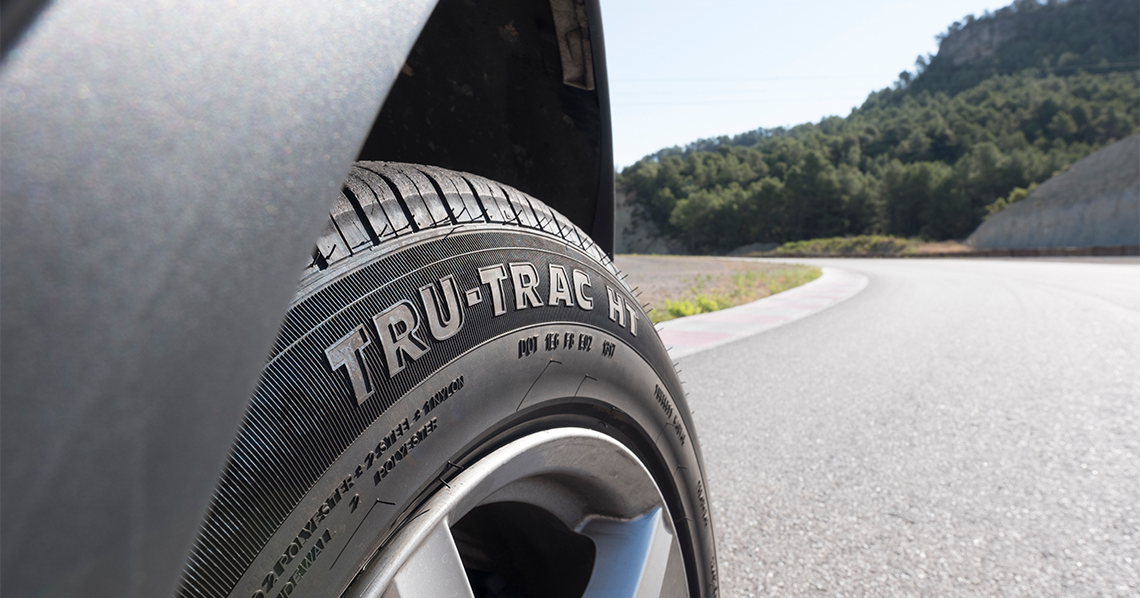All Tips
How To Read The Tread Of Your Tire

We know that not everyone pays as much attention to tires as we do. We also know that reading the tread of your tire may be very confusing if you’ve never done it before. To help you understand what you’re seeing, we’ve made a quick cheat-sheet that’ll make reading your tread quick and easy so you can see beyond the black and round structure of rubber:
- Class – first letter (Ex. P = passenger, LT = light truck).
- Section Width – width from one sidewall to the other (Ex. 225mm).
- Aspect Ratio – height of the sidewall as a percentage of the section width; or, ratio of sidewall height to width (Ex. 25%).
- Speed Rating – maximum speed it is safe to drive on the tire, indicated by a letter which equals a certain mph (Ex. T = 118 mph).
- Radial construction – indicated by an “R” and means the tire is a radial tire and has layers of fabric that strengthen the tread.
- Wheel diameter – size of the wheel that the tire can fit (Ex. 18 inches).
- Load Index – maximum load carrying capacity.
- DOT Number– U.S Department of Transportation number that indicates the tire has passed minimum DOT requirements to be sold in the United States. This is typically a mix of numbers and letter between 8 and 13 digits that identify your tire’s manufacturing location and date.
- UTQG – uniform tire quality grading marking; a rating for treadwear, traction, and temperature resistance.
- Treadwear rating – refers to durability of the tire (Ex. 440).
- Traction rating – refers to ability to stop in a straight line or wet road (Ex. AA, A, B, or C).
- Temperature rating – refers to resistance to heat generation at high speeds (Ex. A, B, C).